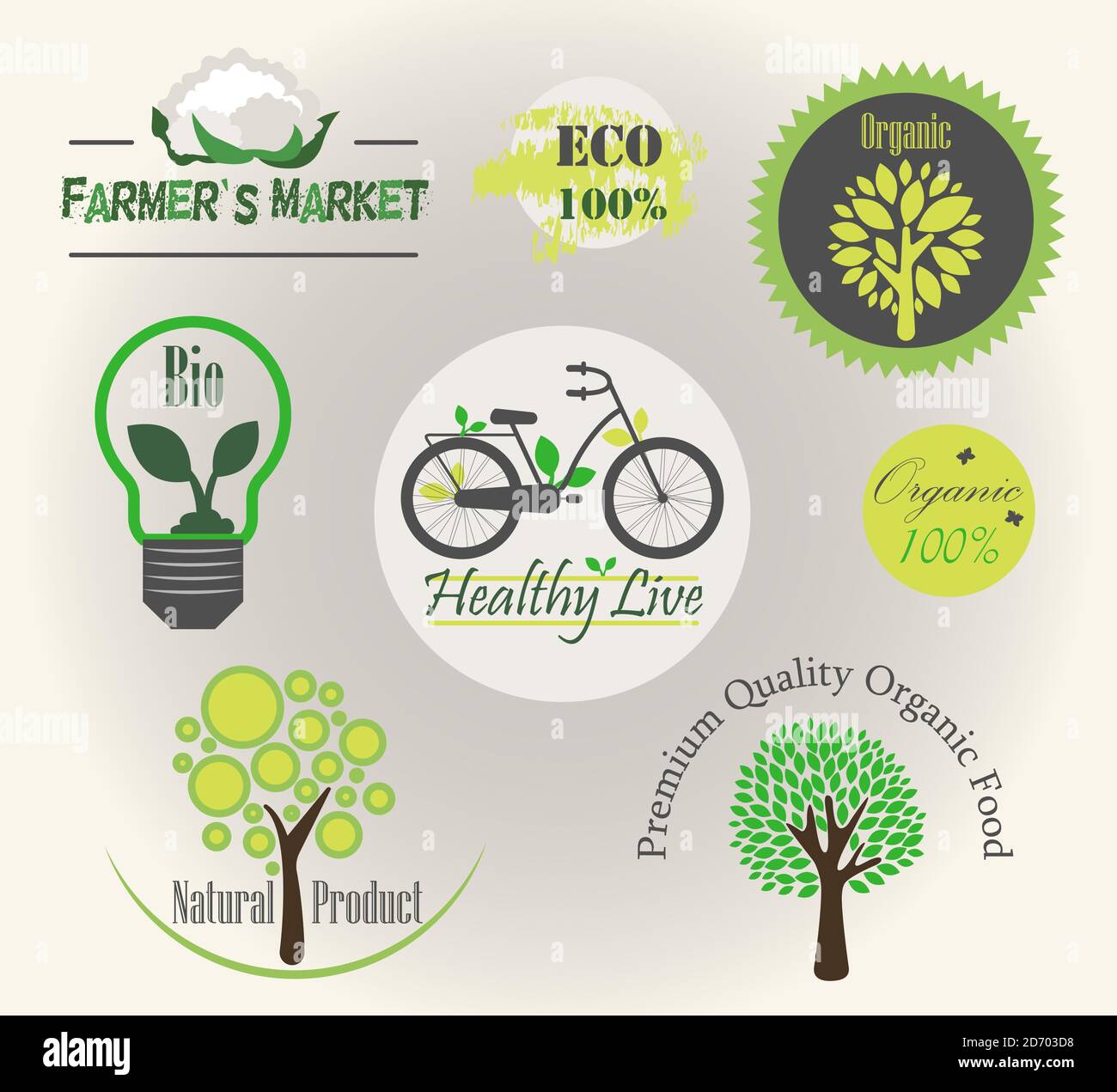
The worldwide practice of abstaining animal products and consumption has expanded throughout the twentieth century. Vegetarianism is considered a significant social act, but some people consider it an awkward practice. Vegans are another popular choice for those who refuse to eat animal products. There are still some complaints about vegetarianism in some areas of the economy. Fast a decade ago, for example, dairy product sales have fallen sharply each year.
Recent developments in vegetarian history have been documented by scholars over the past few years. They have focused on a series of key moments and developments in the history of vegetarianism. This chapter will look at some of these debates and how they influenced the development of vegetarianism. It will also provide an overview on some of the key figures in Veg-history. This chapter will also look at the future potential of scholarship in the field.
Three key questions have caused a split in the veg historian debate. These questions involve philosophical, religious, and medical issues. The philosophical question deals with the proper relationship of man and animals. It is also the question that has led to the most recent veg-history.

Vegetarianism was advocated as a matter of animal rights in the eighteenth-century. Artificiality was given to animal suffering because of its callousness. A hardening in the heart was also possible when one saw animal suffering. Both animal rights activists as well as vegetarians began to question vegetarianism in the late eighteenth century and early nineteenth centuries. The medical question also challenged vegetarianism. The belief was that eating meat could have a negative impact on human health. This was part a larger philosophical discussion about the effects of human dietary habits on human health.
Despite the fact that the first Vegetarian Society was founded in Britain in 1847, the vegetarian movement was not mainstream ideology. Its symbolic meaning was largely due the contributions of its readers, who introduced vegetarianism to everyday life. Vegetarian Advocate (Vegetarian Messenger) and Vegetarian Periodical were published serially and created a common space for vegetarianism. These publications included information from both practitioners and readers, and helped to build a community for vegetarians.
Vegetarian societies were established throughout the world, promoting a slaughter-free diet. These societies were also a place for vegetarians to communicate. In major metropolitan areas, many vegetarian societies were formed in the early twenty-century. Moscow hosted the first All-Russian Vegetarian Congress and Exhibition.
The first book on the history of veganism was The Vegetable Passion by Colin Spencer. Spencer's history engages with intellectual histories of vegetarianism and explores the roots of religious vegetarianism in India. It also examines the impact of plant-eating on species evolution. The book is more scholarly than other veg-history books. Spencer covers the same ground and offers more in the way of a scholarly apparatus.

Vegetarian Society in Britain (Vetarian Society) and the vegan movement have grown more nationalist in recent times. They have argued that veganism is impractical and anti-social. They also challenged the American practice to eat animal products. Most people of color find their perspective offensive. The dairy industry has used strong-arm tactics to get the ballot.
FAQ
What can be done to increase your immune system's effectiveness?
The human body consists of trillions of cells. These cells combine to form organs or tissues that serve specific functions. When one cell dies, another cell replaces it. The chemical signals known as hormones are used to communicate between cells. Hormones regulate all bodily processes, from growth and development to metabolism and immunity.
Hormones are chemical substances that glands secrete throughout the body. They are messengers that help control how our bodies operate. Some hormones are produced in the body, while others are created outside.
The hormone-producing glands release their contents into bloodstream. This is when hormone production starts. Once hormones are released they move through the bloodstream until reaching their target organ. In some cases hormones can remain active for a very short time. Other hormones stay active longer and continue to influence the body's functioning even after they leave the bloodstream.
Some hormones can be produced in large amounts. Others are produced in small amounts.
Some hormones are made at specific times in your life. The production of estrogen can occur during puberty and pregnancy, as well as menopause and old age. Women can get estrogen to build breasts, prevent osteoporosis, and keep their bones healthy. It is also known to promote hair growth and keep skin soft and smooth.
What are the 7 tips to have a healthy life?
-
Eat right
-
Exercise regularly
-
Rest well
-
Drink plenty of fluids.
-
Get enough rest
-
Be happy
-
Smile often
How can weight change with age?
How do you tell if there are any changes in your bodyweight?
When the body has less fat than its muscle mass, it is called weight loss. This means that daily energy needs must be greater than the calories consumed. Activity levels are the most common reason for weight loss. Others include pregnancy, hormonal imbalances or certain medications. A person who has more fat than their muscle mass will experience weight gain. It occurs when people consume more calories per day than they need. Common reasons include overeating, increased physical activity, and hormonal changes.
Our bodies lose weight mainly because we consume less calories than what we burn. When we exercise regularly, we increase our metabolism rate which burns off more calories throughout the day. This does not necessarily mean that we will get thinner. All that matters is whether we are losing or gaining weight. If we're burning more calories than we're consuming then we're going to lose weight. But, if we consume more calories then we burn, then they are being stored as fat.
As we get older, we tend not to be as mobile and move as fast. We also tend to consume less food than when we were younger. Therefore, we tend to put on weight. We also tend to look larger because we have more muscle.
There is no way to measure how much weight your body has lost without weighing yourself every week. There are many methods to measure your weight. There are many ways to measure your weight. You can check your waist, hips, thighs, arms and legs. Some people prefer to use the bathroom scales, while some prefer to use tape measurements.
For a better track of your progress, try to weigh yourself once per week and measure your waistline once every month. To see how far you have come, you can take photos of yourself every few month.
You can also find out how much you weigh by looking up your height and weight online. You'd likely weigh 180 pounds if you were 5'10 tall and 180 pounds if you were 180lbs.
Statistics
- WHO recommends reducing saturated fats to less than 10% of total energy intake; reducing trans-fats to less than 1% of total energy intake; and replacing both saturated fats and trans-fats to unsaturated fats. (who.int)
- According to the 2020 Dietary Guidelines for Americans, a balanced diet high in fruits and vegetables, lean protein, low-fat dairy and whole grains is needed for optimal energy. (mayoclinichealthsystem.org)
- This article received 11 testimonials and 86% of readers who voted found it helpful, earning it our reader-approved status. (wikihow.com)
- The Dietary Guidelines for Americans recommend keeping added sugar intake below 10% of your daily calorie intake, while the World Health Organization recommends slashing added sugars to 5% or less of your daily calories for optimal health (59Trusted (healthline.com)
External Links
How To
What does the meaning of "vitamin?"
Vitamins can be described as organic compounds found in food. Vitamins are essential for our bodies to absorb nutrients from the foods we eat. Vitamins cannot come from the body so food must provide them.
There are two types of vitamins: water soluble and fat soluble. Water soluble vitamins dissolve easily in water. Examples include vitamin C,B1 (thiamine), B2 (riboflavin), B3 (niacin), B6 (pyridoxine), folic acid, biotin, pantothenic acid, and choline. Fat soluble vitamins are stored in the liver and fatty tissue. You can find vitamin D, E K, A and beta carotene as examples.
Vitamins are classified based on their biological activity. There are eight major groups of vitamins:
-
A - vital for normal growth and maintaining good health.
-
C - vital for nerve function and energy generation
-
D - essential for healthy teeth and bones.
-
E - Required for good vision, reproduction.
-
K – Required for healthy muscles & nerves.
-
P - vital for building strong bones andteeth.
-
Q - aids digestion, absorption and absorption iron
-
R - Required for red blood cell production
The recommended daily intake (RDA), of vitamins varies with age, gender and physical conditions. The U.S. Food and Drug Administration has established the RDA values.
For adults aged 19 or older, the RDA of vitamin A is 400mg per day. Pregnant women require 600 micrograms daily to support fetal development. Children ages 1-8 require 900 micrograms per day. Babies under one-year old need 700 micrograms per daily. Between 9 and 12 month, however, this drops to 500 mg per day.
Children aged between 1-18 years old who are obese require 800 micrograms per Day, while overweight children need 1000 micrograms every day. Children underweight or obese will require 1200 micrograms a day to meet their nutritional requirements.
Children between 4-8 years of age who have been diagnosed by anemia must consume 2200 micrograms daily of vitamin C.
2000 micrograms are required daily for good health in adults over 50. Mothers who are pregnant, nursing, or have a high nutrient need will require 3000 micrograms a day.
Adults over 70 need 1500 micrograms daily, since they lose around 10% of their muscle mass every decade.
Women who are pregnant or lactating need more than the RDA. Pregnant woman need 4000 micrograms daily in pregnancy and 2500 per day after childbirth. Breastfeeding mothers need 5000 micrograms per day when breast milk is being produced.